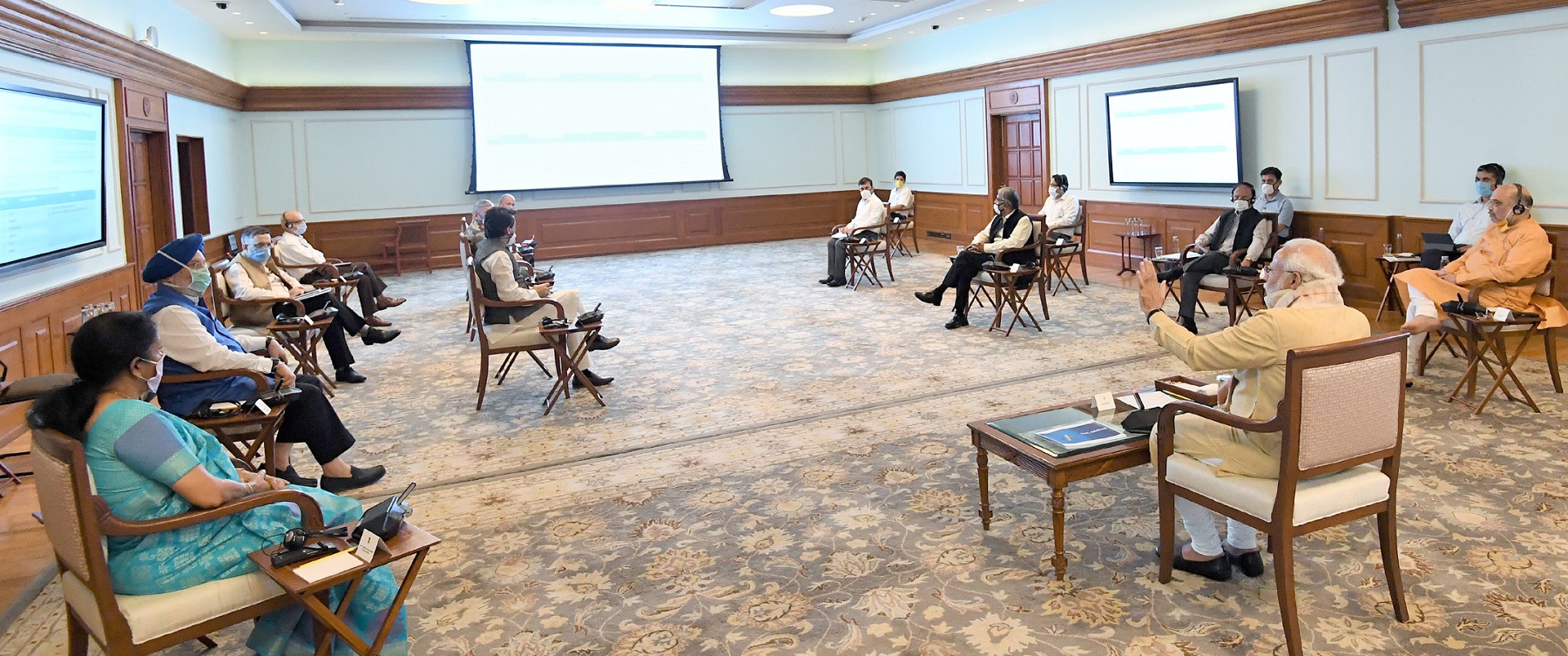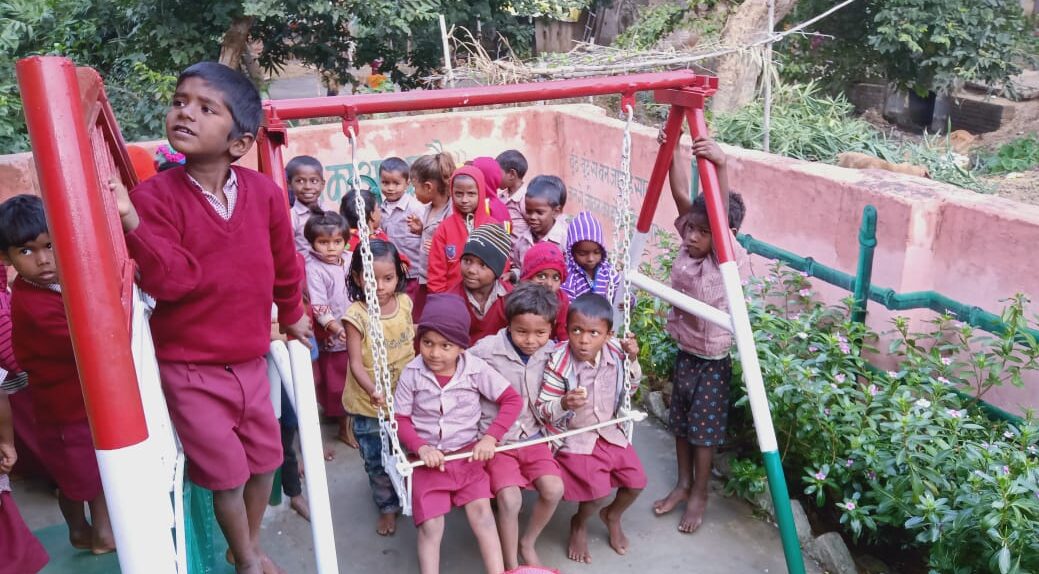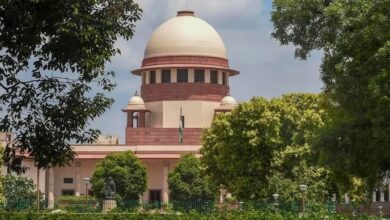Lockdown 3.0: Districts divided into red, orange and green zones

The nationwide lockdown that started at midnight on 25th March has been extended for the second time. The third phase of the lockdown (Lockdown 3.0) will start from 4th May for two weeks. While travels by flights and trains and political, social and cultural gatherings will remain banned, some restrictions will be eased based on incidence of cases of Covid-19.
The Union Ministry of Home Affairs on Friday came out with new guidelines under which the all 733 districts across the country will be divided in three categories – red, orange and green zones – on the basis of the incidence of Covid-19 cases.
“State/ UT Governments are mandated to strictly enforce the lockdown guidelines and they shall not dilute these guidelines issued under the Disaster Management Act, 2005, in any manner,” the Union Ministry of Home Affairs said in a statement.
The Green Zones will be districts with either zero confirmed cases till date; or, no confirmed case in the last 21 days. The classification of districts as Red Zones will take into account the total number of active cases, doubling rate of confirmed cases, extent of testing and surveillance feedback from the districts. Red zones are also referred as hotspot.
Those districts, which are neither defined as Red nor Green, shall be classified as Orange zones. The classification of districts into Red, Green and Orange Zones.
The Green Zones will be districts with either zero confirmed cases till date; or, no confirmed case in the last 21 days. The classification of districts as Red Zones will take into account the total number of active cases, doubling rate of confirmed cases, extent of testing and surveillance feedback from the districts. Red zones are also referred as hotspot.
The classification of districts will be done on the basis of the data shared by the Ministry of Health and Family Welfare with the States and Union Territories (UTs) on a weekly basis, or earlier, as required. While States and UTs can include additional districts as Red and Orange Zones, they may not lower the classification of a district included by MoHFW in the list of Red or Orange Zones.
The most sensitive areas of the country, from the spread of COVID-19 point of view, and falling within the Red and Orange Zones, are designated as Containment Zones. These are areas where there is significant risk of spread of the infection. The containment areas would be defined by respective District Administrations, taking into account the total number of active cases, their geographical spread, and the need to have well demarcated perimeters from the enforcement point of view.
The containment areas would be defined by respective District Administrations, taking into account the total number of active cases, their geographical spread, and the need to have well demarcated perimeters from the enforcement point of view.
Containment Zones would have intensified surveillance protocols, with contact tracing, house to house surveillance, home/ institutional quarantining of persons based on their risk assessment, and clinical management. Strict perimeter control would need to be ensured, so that there is no movement of people in and out of these Zones, except for medical emergencies, and for maintaining supply of essential goods and services. No other activity is permitted within the Containment Zones.
The government announced that it will be mandatory for the residents of the Containment Zone to use Aarogya Setu app. “The local authority shall ensure 100 per cent coverage of Aarogya Setu app among the residents of the Containment Zone,” the ministry said.
Aarogya Setu mobile app was launched by the government of India on 2 April with an objective to enable people to assess themselves the risk of their catching the Corona Virus infection. The app calculates the risk based on the user’s interaction with others, using cutting edge Bluetooth technology, algorithms and artificial intelligence.
The user, upon installation, is asked to answer a number of questions. In case some of the answers suggest COVID-19 symptoms, the information is sent to the Government server. This helps the government take timely steps and initiate the isolation procedure if necessary and it also alerts if someone comes in close proximity with a person tested positive. The app is available on both Google Play (for Android phones) and iOS app store (for iphones ). It is available in 11 languages – 10 Indian language and English.
Aarogya Setu mobile app was launched by the government of India on 2 April with an objective to enable people to assess themselves the risk of their catching the Corona Virus infection. The app calculates the risk based on the user’s interaction with others, using cutting edge Bluetooth technology, algorithms and artificial intelligence.
Under the new guidelines, a limited number of activities will remain prohibited throughout the country, irrespective of the Zone. These include travel by air, rail, metro and inter-State movement by road; running of schools, colleges, and other educational and training/ coaching institutions; hospitality services, including hotels and restaurants; places of large public gatherings, such as cinema halls, malls, gymnasiums, sports complexes etc; social, political, cultural and other kinds of gatherings; and, religious places/ places of worship for public. However, movement of persons by air, rail and road is allowed for select purposes, and for purposes as permitted by the Ministry of Home Affairs.
“Movement of individuals, for all non-essential activities, shall remain strictly prohibited between 7 pm to 7 am. Local authorities shall issue orders under appropriate provisions of law, such as prohibitory orders [curfew] under Section 144 of CrPC, for this purpose, and ensure strict compliance,” an official statement said.
In all zones, persons above 65 years of age, persons with co-morbidities, pregnant women, and children below the age of 10 years, shall stay at home, except for meeting essential requirements and for health purposes. Out-Patient Departments (OPDs) and Medical clinics shall be permitted to operate in Red, Orange and Green Zones, with social distancing norms and other safety precautions; however, these will not be permitted within the Containment Zones, it added.
In the Red Zones, outside the Containment Zones, certain activities are prohibited in addition to those prohibited throughout the country. These are: plying of cycle rickshaws and auto rickshaws; running of taxis and cab aggregators; intra-district and inter-district plying of buses; and, barber shops, spas and saloons.
Certain other activities have been allowed in the Red Zones with restrictions. Movement of individuals and vehicles is allowed only for permitted activities, with a maximum of 2 persons (besides the driver) in four-wheeler vehicles, and with no pillion rider in the case of two-wheelers.
e-Commerce activities, in the Red Zones, are permitted only in respect of essential goods. Private offices can operate with upto 33 per cent strength as per requirement, with the remaining persons working from home.
e-Commerce activities, in the Red Zones, are permitted only in respect of essential goods. Private offices can operate with upto 33 per cent strength as per requirement, with the remaining persons working from home. All Government offices shall function with senior officers of the level of Deputy Secretary and above at full strength, and the remaining staff attending upto 33 per cent as per requirement.
However, Defense and Security services, Health and Family Welfare, Police, Prisons, Home Guards, Civil Defence, Fire and Emergency Services, Disaster management and related services, National Informatics Centre (NIC), Customs, Food Corporation of India (FCI), National Cadet Corps (NCC), Nehru Yuvak Kendra (NYK) and Municipal services shall function without any restrictions; delivery of public services shall be ensured and necessary staff will be deployed for such purpose.
In the Orange Zones, in addition to activities permitted in Red Zone, taxis and cab aggregators will be permitted with 1 driver and 2 passengers only. Inter-district movement of individuals and vehicles will be allowed for permitted activities only. Four wheeler vehicles will have maximum two passengers besides the driver and pillion riding will be allowed on two-wheelers.
In the Green Zones, all activities are permitted except the limited number of activities which are prohibited throughout the country, irrespective of the Zone. However buses can operate with upto 50 per cent seating capacity and bus depots can operate with upto 50 per cent capacity.
All goods traffic is to be permitted. No State/ UT shall stop the movement of cargo for cross land-border trade under Treaties with neighbouring countries. No separate pass of any sort is needed for such movement, which is essential for maintaining the supply chain of goods and services across the country during the lockdown period.
[starbox id = “gyanendra” ]



